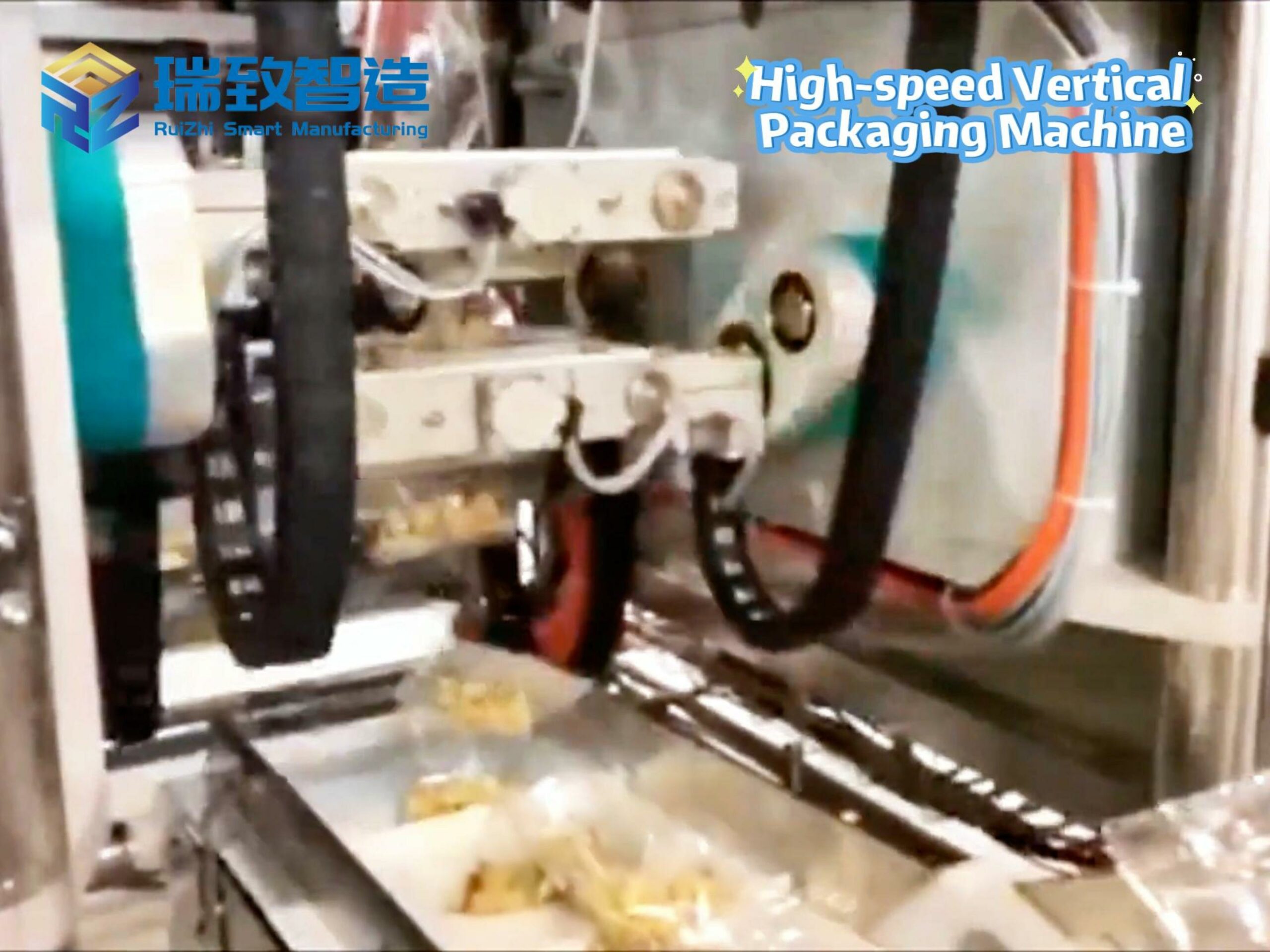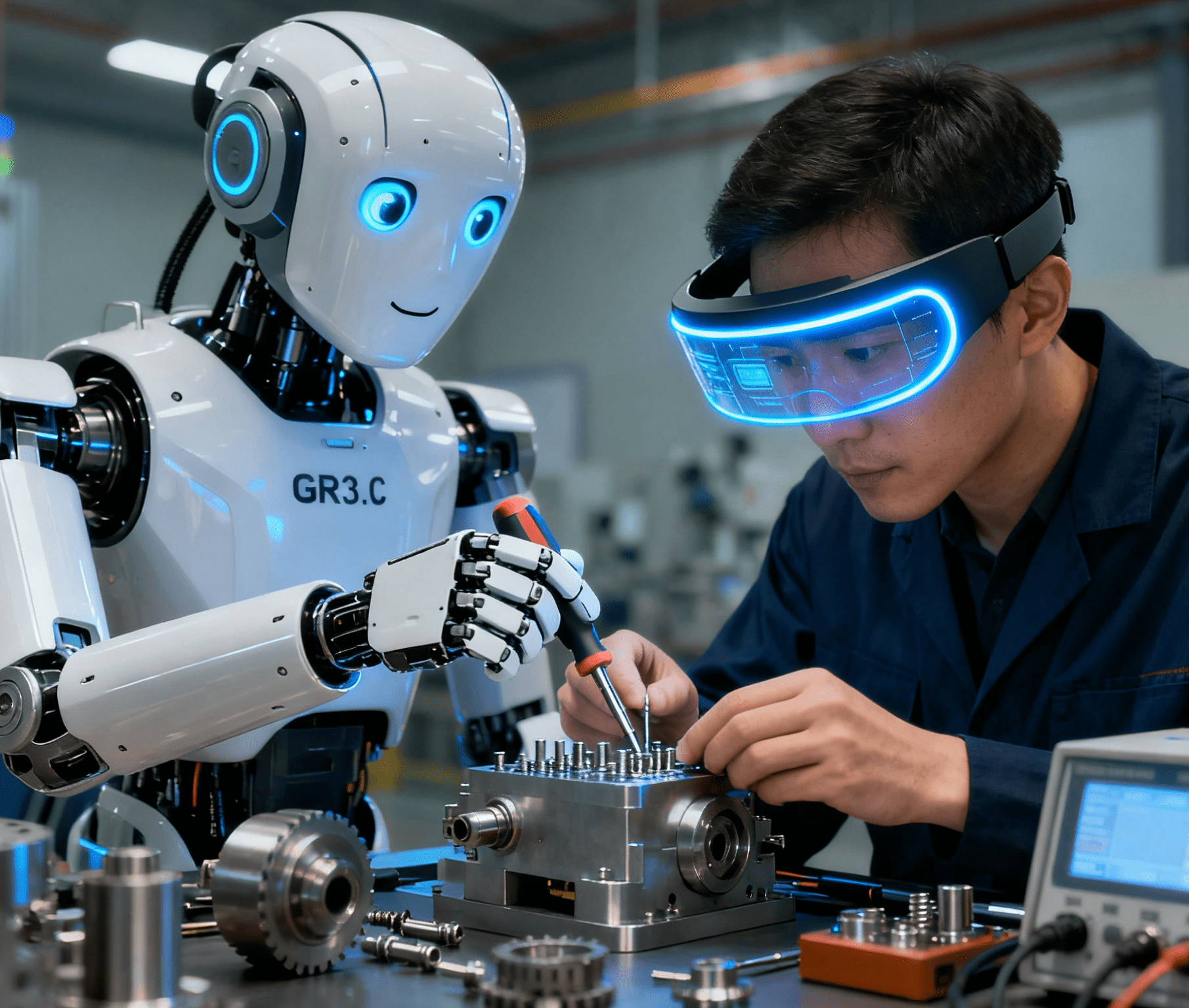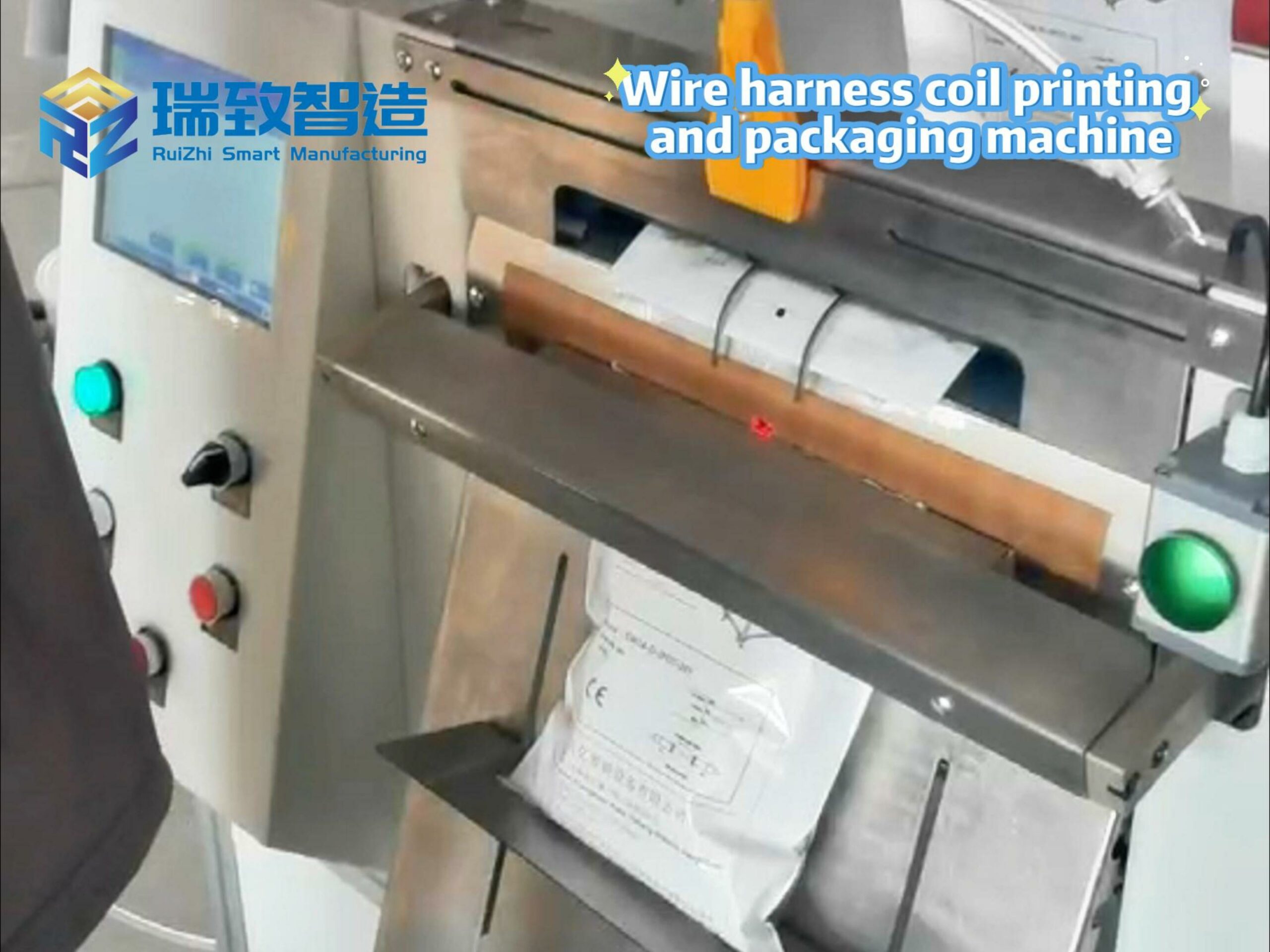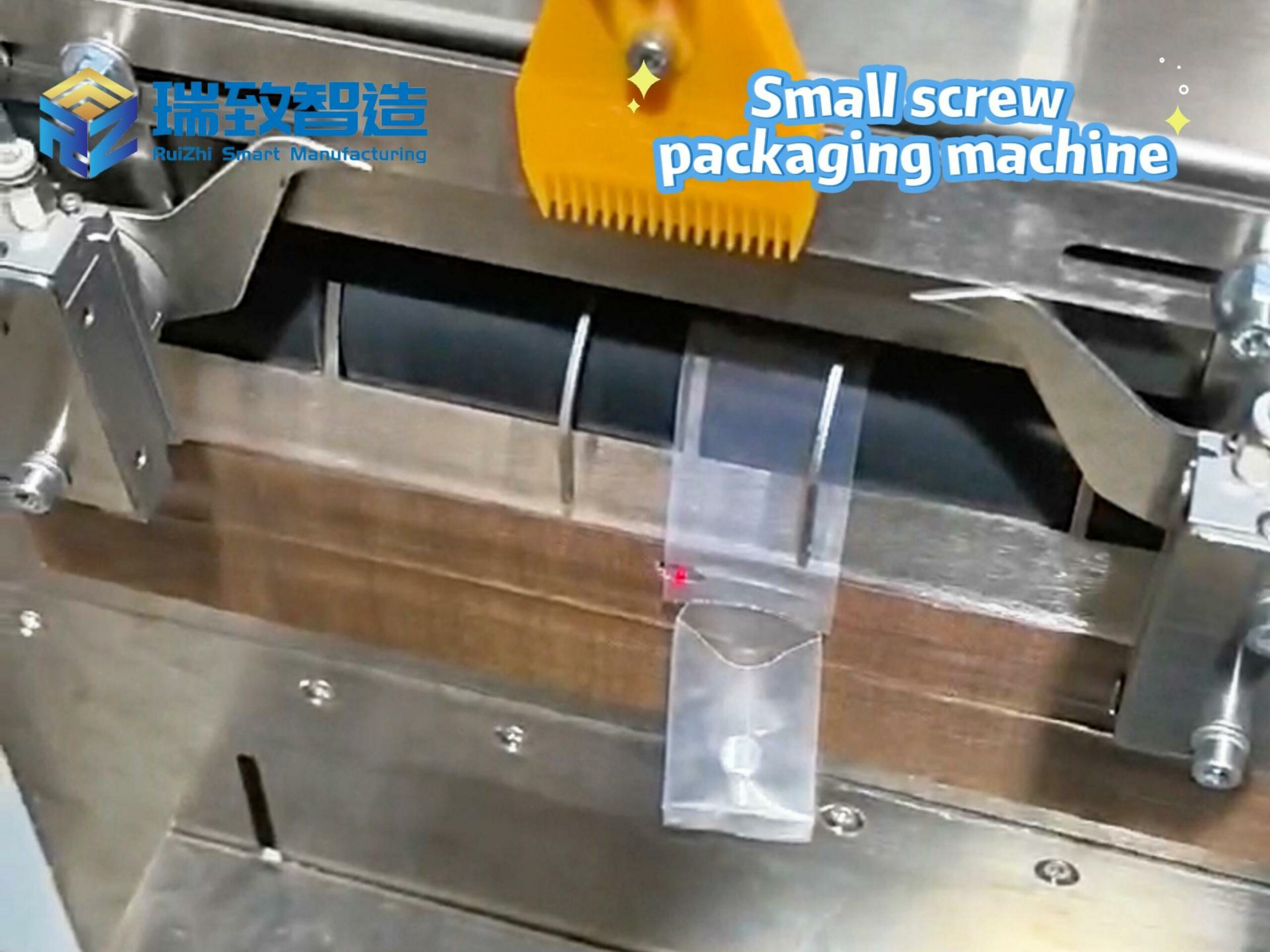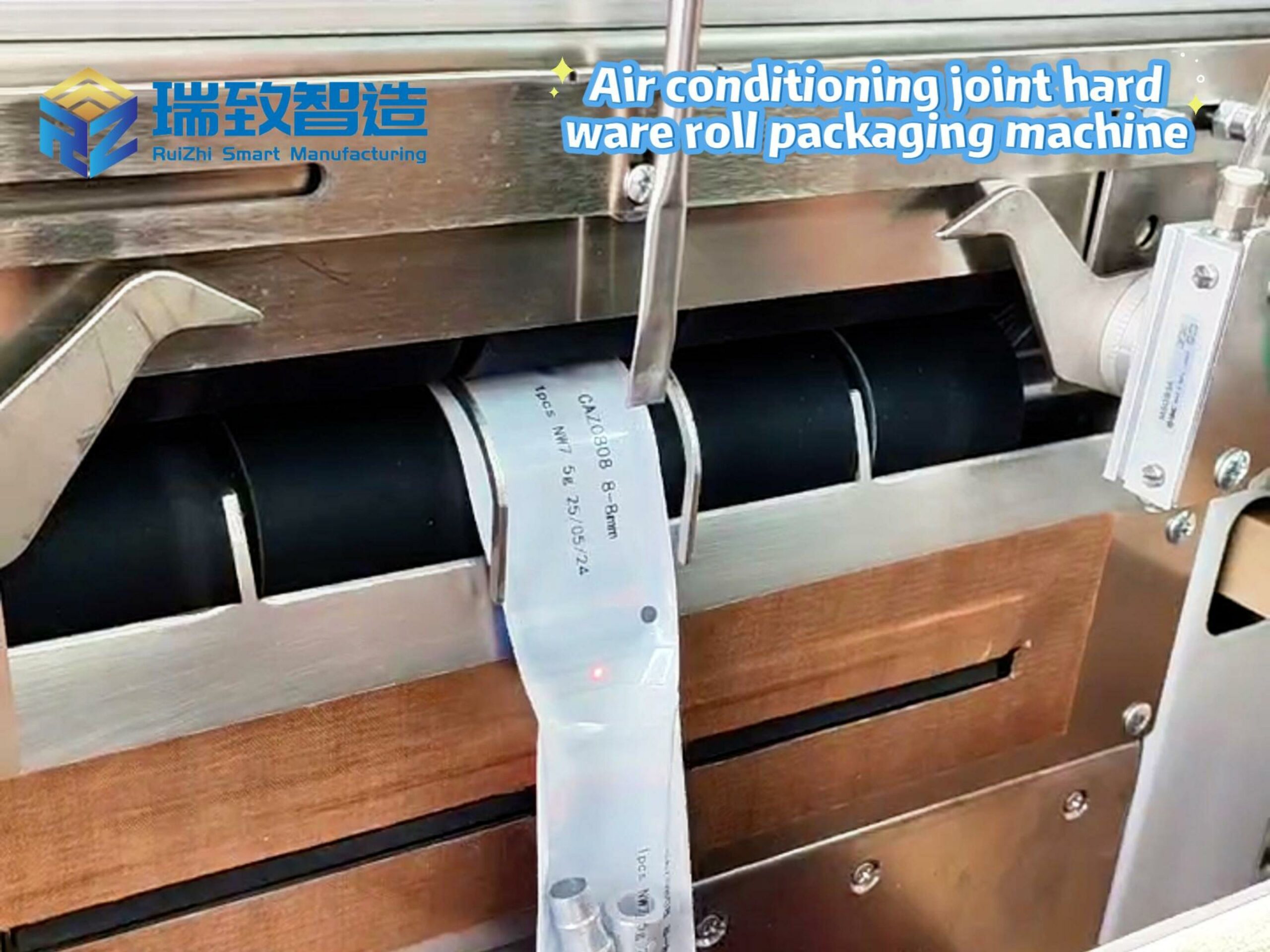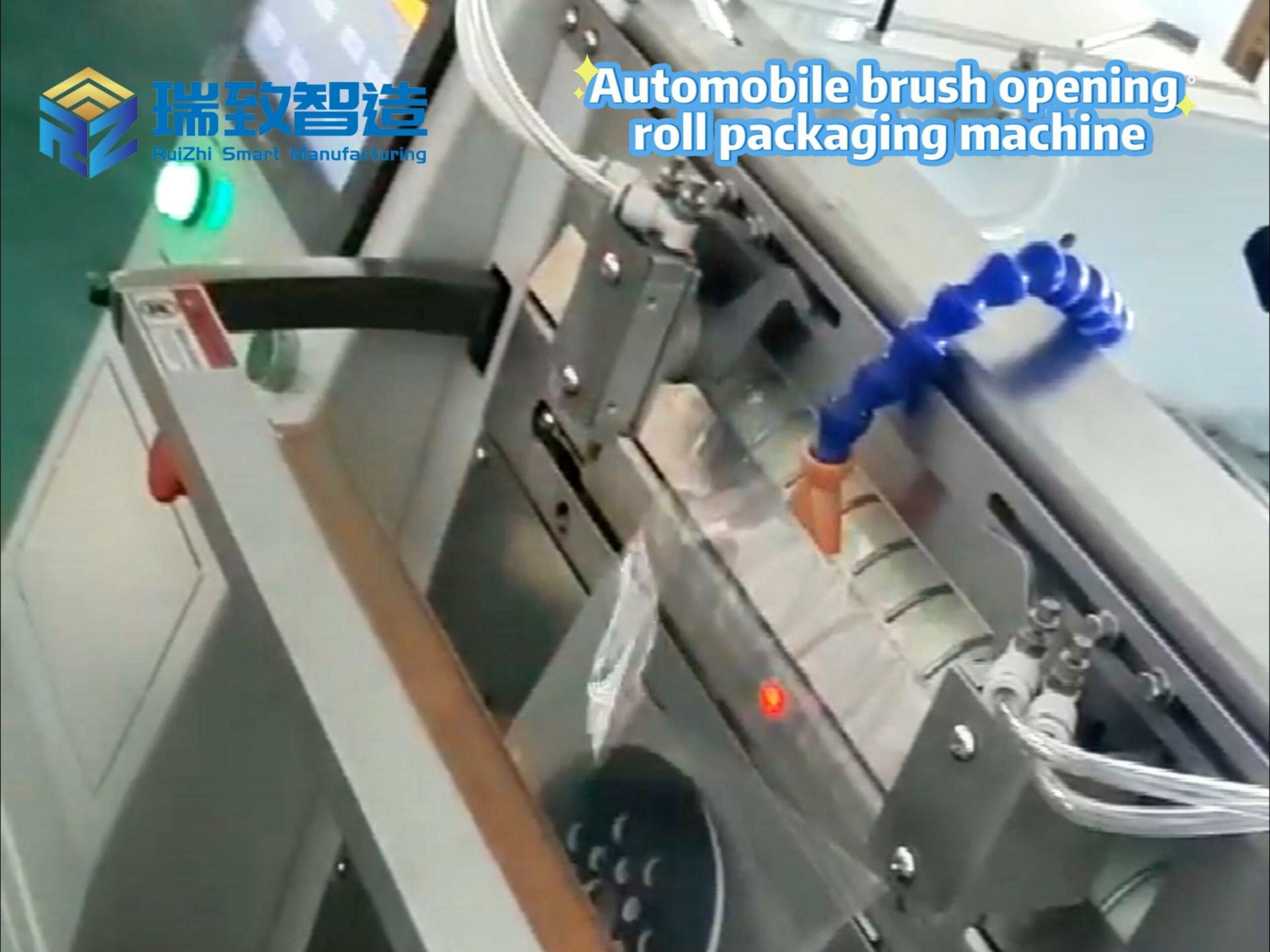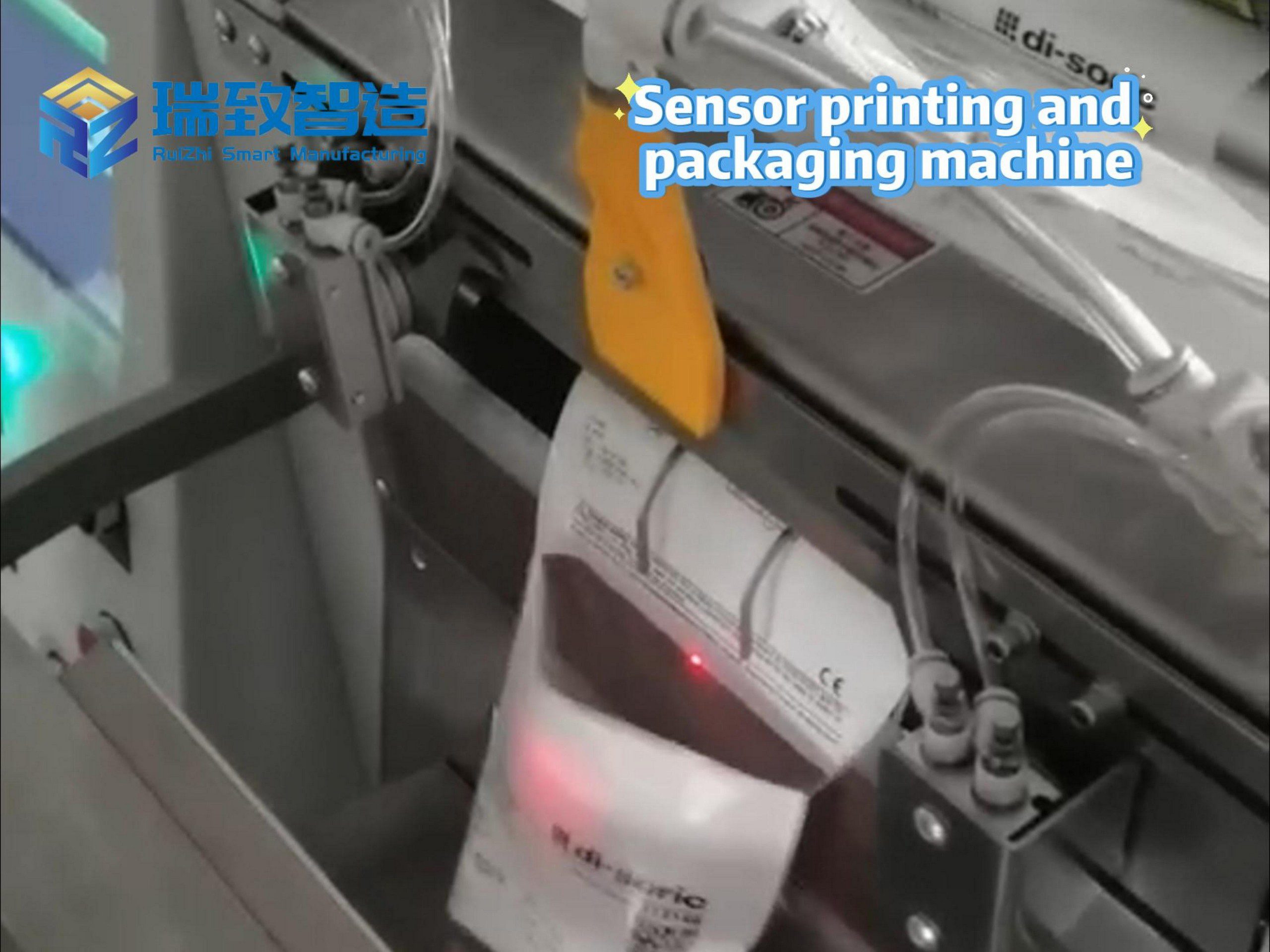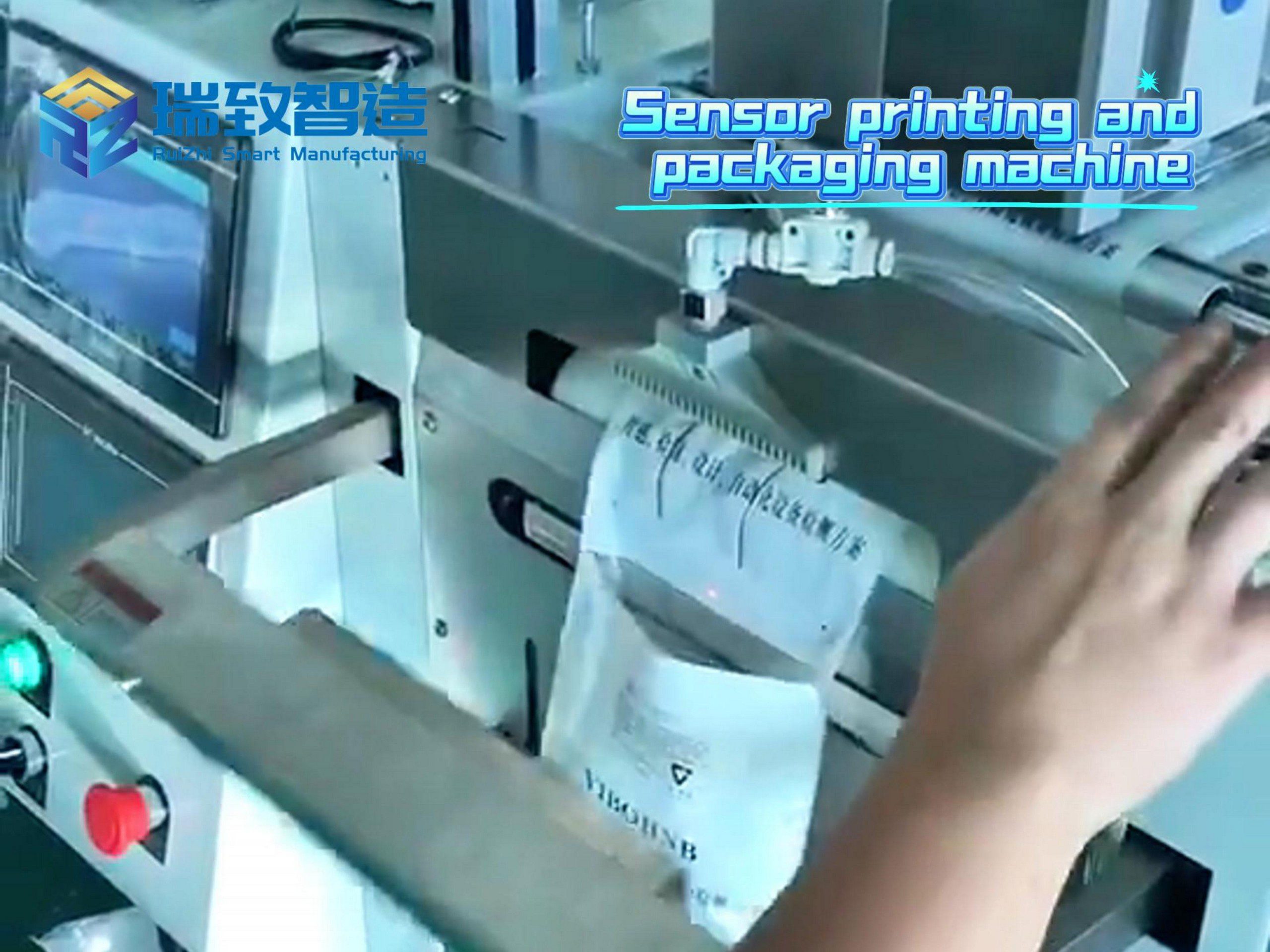
Huawei proposes the “ACT Three-Step” implementation path for industry intelligence and launches nine industry smart solutions— Leaping to industry intelligence, opening a new journey for thousands of industries
[Shanghai, China, September 19, 2025] During the Huawei Connect 2025, Chen Lei, Senior Vice President of Huawei and President of Enterprise Sales, delivered a keynote speech titled “Leaping to Industry Intelligence, Opening a New Journey for Thousands of Industries”. He shared Huawei’s latest insights and practices on industry intelligent transformation and proposed the “ACT Three-Step” implementation path to further promote the landing of industry intelligence. On-site, Huawei also released nine latest industry smart solutions in collaboration with partners.
Five Key Insights to Further Promote Industry Intelligence
Chen Lei stated that AI technology is developing at an unprecedented speed. In embracing AI, enterprises need to answer three major questions:
How to make AI investments generate real business value
How to turn proprietary data resources into competitiveness
How to scale AI applications from pilot projects to large-scale implementation
To address these questions, Huawei shared three cases:
In the banking industry, Huawei pioneered the “master-slave dynamic agent architecture” and, through systematic engineering capabilities, penetrated various business links of a bank customer, accelerating the implementation of AI applications in interaction, transaction, and risk control scenarios, achieving revenue growth, efficiency improvement, and risk control.
In the power industry, China Southern Power Grid independently developed the power industry large model “MegaWatt” based on the Ascend computing platform and MindSpore AI framework. Integrating computer vision (CV) and natural language processing (NLP) technologies and deployed on a large-scale Ascend expert parallel cluster, it increased the efficiency of intelligent inspection defect identification by 5 times and improved image accuracy to over 90%.
In the medical industry, Runda Medical built an AI medical record all-in-one machine solution based on Ascend inference servers, improving the quality and efficiency of medical record writing. The deployment of AI-generated medical records at West China Hospital showed that a medical record can be generated in as fast as 1 second, greatly improving consultation efficiency.
Based on innovation practices with customers and partners, Huawei proposed five key insights:
Scenario selection is crucial — AI value lies in deep integration with core production scenarios to reshape processes.
Vertical data quality determines model capability — enterprises must train models on high-quality industry data.
AI agents are rapidly scaling, driving demand for large-scale inference.
Human-machine collaboration is becoming a new organizational paradigm.
Systematic governance and risk management are essential for safe and sustainable AI deployment.
The “ACT Three-Step” Implementation Path

Building on these insights, Huawei proposed the ACT Three-Step path:
Assess high-value scenarios
Calibrate AI models using vertical data
Transform business operations with scaled AI agents
In assessing scenarios, Huawei developed an “AI scenario selection evaluation framework” considering business value, scenario maturity, and business-technology integration, helping customers identify over 1,000 AI core production scenarios.
In model calibration, Huawei provides a complete toolchain to convert raw data into knowledge and then into models, along with a comprehensive AI security system.
In business transformation, Huawei’s one-stop Versatile platform can automatically generate over 100 steps of agent and business processes, accelerating deployment while establishing a systematic AI talent development system. For example, in the manufacturing sector, the platform supports the intelligent upgrading of core production equipment like Nut automatic assembly machines — by integrating Ascend edge computing modules and AI visual positioning technology, these machines can achieve real-time error correction (reducing assembly deviation to less than 0.02mm) and automatic defect screening (improving qualified rates by 15%), while connecting to Huawei’s industrial Internet platform to realize real-time monitoring of equipment status and predictive maintenance, effectively solving the pain points of low efficiency and high error rates in traditional manual or semi-automatic nut assembly.
Chen Lei emphasized that implementing this path requires an AI-oriented ICT infrastructure covering data preparation, transmission, model training and inference, and development. Huawei continues to innovate in data storage, computing, and networking, offering integrated products including AI storage, 800GE data center networking, high-reliability optical modules, and Ascend 384 super node clusters.
Nine Industry Smart Solutions
Huawei, together with partners, released nine industry smart solutions:
City Intelligent Hub & Large Model
Science and Technology Intelligent Computing Laboratory
Medical Technology Digitalization 2.0
Banking AI and Large Model
Manufacturing R&D Digitalization
Smart Logistics and Warehouse SMART
Smart Power Distribution
Oil and Gas Smart Exploration and Development
Steel Blast Furnace Temperature Prediction
About Huawei Connect 2025
From September 18-20, 2025, the 10th Huawei Connect was held in Shanghai. With the theme “Leaping to Industry Intelligence,” the event showcased Huawei’s latest intelligent strategies, digital infrastructure products, industry solutions, and development tools.

